
11 minute read
UAPB Farm Academy Beginning Farmers Program
from Arkansas Grown
Popular Training Courses for New Farmers and Entrepreneurs
Twenty-two beginning farmers recently completed the New Farmers Academy, a course offered by the University of Arkansas at Pine Bluff (UAPB) Small Farm Program, to provide farm training to individuals interested in becoming farmers or agricultural entrepreneurs. Participants included those new to agriculture, wishing to transition into agriculture from another field, or looking for a postretirement opportunity. “The average age of Arkansas farmers is 58,” Dr. Henry English, head of the Small Farm Program, said. “This means that a large percentage of the state’s farmers will be leaving the farm in 10 or more years and will need to be replaced. Our program was intended to help foster a new generation of farmers.” Seven training workshops were conducted in 2019 over seven months to educate and train new farmers. Participants received information from different U.S. Department of Agriculture (USDA) agencies. In sessions with the Natural Resources Conservation Services (NRCS), they learned about conservation programs and how to select land suitable for farming. Farm Service Agency (FSA) representatives taught them about various loan programs and how to obtain farm numbers, and representatives of the National Agricultural Statistics Service (NASS) taught them about yield data and the average price for farm and pastureland. provided on laying plastic mulch and drip tape, equipment usage and safety, and raising transplants in greenhouses. “We wanted participants to learn through doing,” Dr. English said. “They took soil samples and tested for soil compaction, planted sweet potatoes, and harvested squash.” Participants were also able to tour local farms to learn the ins and outs of vegetable and row crops, forestry, aquaculture and beef cattle. They also learned about marketing strategies and were provided with resources, including information on local food markets, farmers markets, and farm-to-school programs. “I got a lot out of the training – almost everything was beneficial to me,” participant Brett Dawson said. “I have implemented a lot of changes to my operation thanks to the information I received. I am still new to all of it, but the course gave me a starting point and direction.” Jacquelyn Faucette recently inherited a farm. She signed up for the program to get ideas on ways she and her family members can continue the family business. “I learned about farm management, operation, and production,” she said. “I also received information on the local, county, and federal agencies that are available to assist us in successful production.” “I got a lot out of the training – almost everything was beneficial to me.”
Advertisement
Program curricula included hands-on activities such as transplanting and sprayer and planter calibrations. Demonstrations were Betty Gray, a recent retiree, said she recommends other individuals new to farming take part in similar programs.
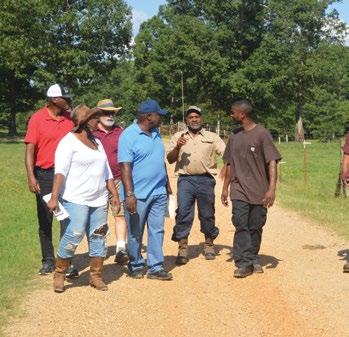
Roderick Greene said he was interested in learning about the growing opportunities in hemp production in Arkansas.
Dr. English said the UAPB program was modeled on a similar program offered by Tennessee State University that provides new farmers with production, financial, health and safety, legal, and marketing education.

“Graduates of our program can now use their certificate of course completion to satisfy one year of the managerial ability requirements needed to receive a USDA Farm Service Agency operating loan,” he said.
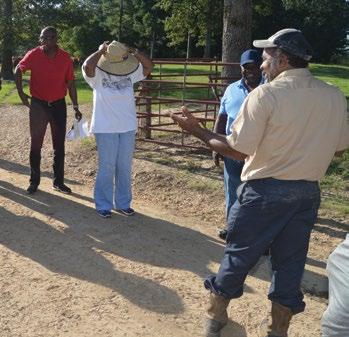
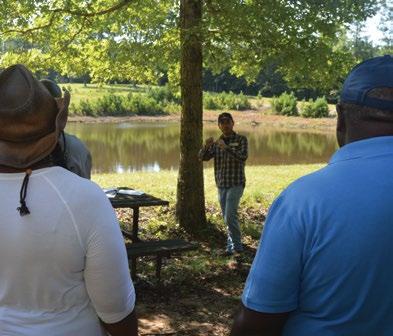
ON THE GO.
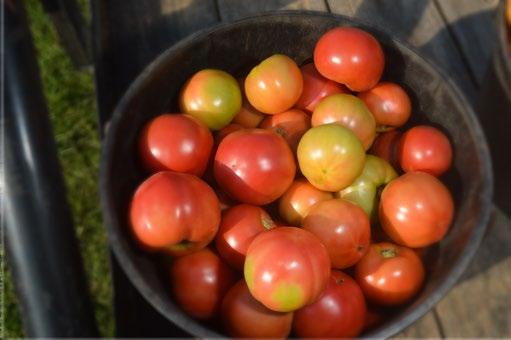
Enjoy the entire Arkansas Grown publication at your fingertips with our digital magazine. Read, share, and enjoy the stories of Arkansas farmers wherever you go!
Visit the Department website to view the complete online version of Arkansas Grown at: agriculture.arkansas.gov






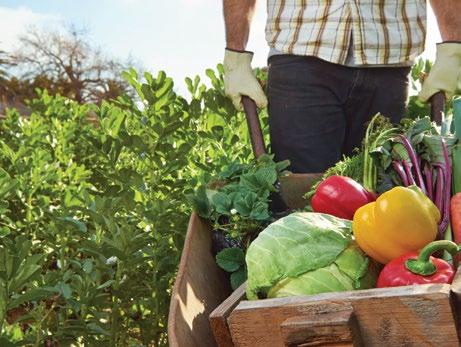
DOL AUDIT DEFENSE • H2-A VISAS TEMPORARY WORK VISAS YOUR GUIDE TO IMMIGRATION LAW DOL AUDIT DEFENSE • H2-A VISAS TEMPORARY WORK VISAS YOUR GUIDE TO IMMIGRATION LAW
Integrity Innovation ExperienceIntegrity Innovation Experience




EXPERIENCED IMMIGRATION ATTORNEYS MISTY WILSON BORKOWSKI • GEORGE RAFF ERNST mborkowski@cgwg.com gernst@cgwg.com EXPERIENCED IMMIGRATION ATTORNEYS MISTY WILSON BORKOWSKI • GEORGE RAFF ERNST mborkowski@cgwg.com gernst@cgwg.com
LITTLE ROCK SPRINGDALE CGWG.COM 501.371.9999
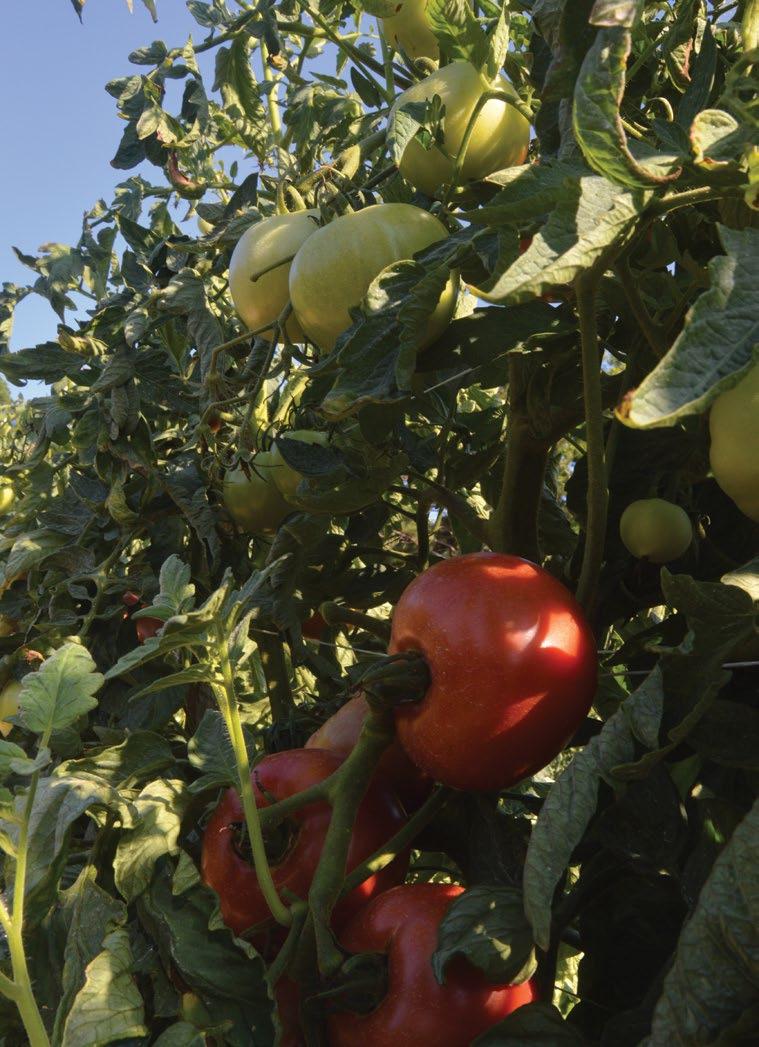
Arkansas Grown Pink Tomatoes
The Impact of the Vine Ripened Pink Tomato on Arkansas
The Vine Ripe Pink Tomato has a long history in Southeast Arkansas. University of Arkansas Professor Paul Francis says, “Pink tomatoes meant many things to people. There was a time in Southeast Arkansas, when the Vine Ripe Pink Tomato harvest meant the difference between getting a new car, buying school clothes, or even having Christmas presents. It was an economic boost for the region.” For young people growing up in Southeast Arkansas, the pink tomato season ensured summer jobs and the opportunity to earn extra money and learn the responsibilities that go with it. Josh Hays got his start at age 18 in 1999 when he borrowed $10,000. His mother, Beth, had to co-sign the banknote. That loan, along with his grandpa’s help and knowledge, launched what is Hays Farms today. For Hays and his family, the pink tomato is still a viable way to earn an income. He considers himself a small producer as opposed to a contract operator. He says growing pink tomatoes is a way to involve the entire family. His two boys, Brandon, age 16, and Tyler, age 12, help in all phases of the operation including picking, sorting, and loading the iconic fruit. His wife, Krystle, does the farm’s bookkeeping in addition to her full-time job with the Bradley County Assessor’s office. “We enjoy it because we get to work with the boys. It’s something we get to do as a family,” said Krystle. “We see everything that goes into our boxes. Our personal touch is our marketing tool. When I step out there and say, 'Hey, I can’t give you 1,000 boxes a day, but what I am going to give you is personally inspected by us. I’ve seen what you’re going to get,'” said Hays. He sells about 1,500 cases of pink tomatoes in a good season and up to 3,000 cases of red shipping tomatoes. If I could grow a hundred acres and sell them, that’s what I would do. Everybody loves them. They have a great taste and great flavor.” said Hays. He grows less than an acre of the Bradley Vine Ripe Pink Tomatoes. He says the “Pinks” have a shipping life of just a few days. And that’s a problem. He farms another five acres of red shipping tomatoes on his 12-acre produce farm. Drew County grower Mark Pace has a long family history with the Pink Tomato. His father was one of the original seven growers who organized Monticello Pink Tomato Growers, Inc. in 1957. Membership grew to about 250 by the late 1970s. At that time, over 80% of tomatoes in Southeastern Arkansas were sold at auction, much like livestock. Drew County and Bradley County both had auction markets, and buyers came from all over the country. Pace said it was not unusual in the 1960s and 1970s for the Arkansas Pink Tomato to be shipped as far as Seattle, Chicago, and New York. Back in the 1970s and 80s, nearly 4,000 acres of Vine Ripe Pink tomatoes were grown in “We enjoy it because we get to work with the boys. It’s something we get to do as a family.”
The homegrown market has given way to commercial tomato growers in California and Florida. UAM College of Forestry, Agriculture, and Natural Resources professor Paul Francis says the market has changed.
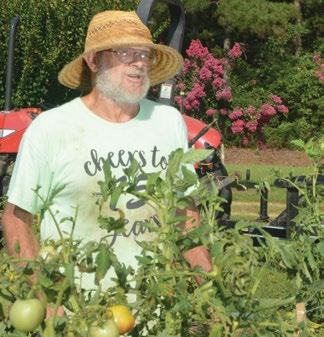
“The market shifted to what we call shipper tomatoes, which have a longer shipping life than the pink varieties. Vendors wanted tomatoes that are not so soft and could be cut easily. They don’t taste as good as the pink varieties,” according to Francis. He says the shelf life of the red tomatoes was a key turning point rather than a lack of consumer demand. He says up until the mid-1980s everything grown in Arkansas was primarily Vine Ripe Pink Tomatoes.
Francis says that if you want a sweet taste, the vine ripened pink tomato is high in sugar content and adds additional flavor compared to the red tomatoes. He says consumers are willing to pay a little more when they can find them.
Francis is often heard saying, “Consumer demand never left the pink tomato; producers left the pink tomato.”
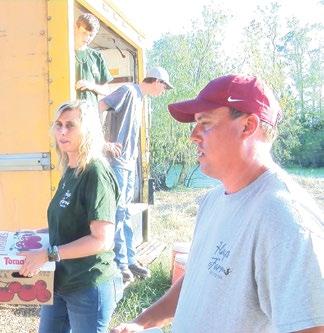
The Vine Ripe Pink Tomato bears a unique title. In 1987 the Arkansas State Legislature voted the Pink Tomato both the Arkansas State Fruit and Vegetable. It’s a distinction that brought national attention to the Arkansas tomato over the years. The designation was the brainchild of former House Speaker John Lipton of Bradley County which was and still is the heartland of pink tomato growing country. He says growers needed help with their marketing strategy when red tomato popularity began to overtake the pink variety. Since none of the agricultural professionals could come to a consensus on what the plant was, he convinced his fellow politicians to compromise and named it both the State Fruit and the State Vegetable.
Lipton says the pink tomato’s livelihood is again facing a huge challenge. “So many things start with young people. What will it take to motivate young people? The tomato farmers are aging. If you look across Bradley, Drew, and Ashley Counties, families who were once recognized as large tomato growers are going away. I don’t know what will happen when the next generation comes on,” said Lipton.
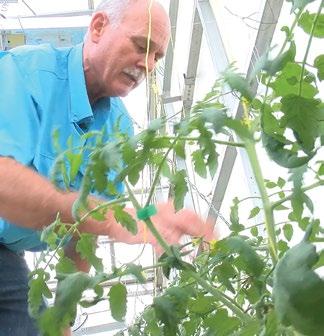
Before young people move to the tomato fields, Lipton says there needs to be a marketplace. The Arkansas Department of Agriculture and the University of Arkansas at Monticello College of Forestry, Agriculture, and Natural Resources are joining forces at the vine, with the award of a Specialty Crop Block Grant from the Arkansas Department of Agriculture to help with plant marketing and supplemental research.
UAM Agriculture Professor and Economist Bob Stark says the grant is one way to develop the Vine Ripened Pink Tomato brand. “We want to assist the promotion, and reignite awareness,” said Stark.
Francis says they have organized a Vine Ripened Growers Association which has adopted a Vine Ripe Pink Tomato Growers Certification.
Vine Ripened Pink Growers Association? Would you like to know more about the
To qualify for certification, the tomato product must be:
Grown by Arkansas farmers
Grown on Arkansas soils
A pink variety that discovered its origin in Arkansas
Picked vine ripened
“We’re researching fall and spring production. We’re performing grafting studies. We want to assist in promoting this product as Arkansas grown,” said Francis. He adds growers will be provided with labels to put on their product identifying the crop as certified. If there is to be a commercial future for the Vine Ripe Pink Tomato, it will take more people like Josh Hayes and his family to carry on the niche market industry. “You don’t have to get on the phone and convince people to buy. They already know what a pink tomato is. They sell themselves,” said Hays.
No matter how many growers step forward to ensure the pink tomato’s survival, the consensus is that it will take buyers’ demand and a viable marketplace to put the Vine Ripe Pink Tomato back in the spotlight.
For more information about the Vine Ripened Pink Growers Association contact:
Dr. Paul Francis University of Arkansas at Monticello College of Forestry, Agriculture, and Natural Resources (870) 460-1314 francis@uamont.edu
C. Robert Stark University of Arkansas at Monticello College of Forestry, Agriculture, and Natural Resources (870) 460-1414 stark@uamont.edu
Josh Hays Hays Farms Wilmar, AR (870) 820-3379 haysjosh81@icloud.com
Excerpts taken from “Monticello Pink Tomato Growers, Inc. Marketing Expansion in Southeastern Arkansas” by Gilbert Warren Biggs Feb 1979
Excerpts taken from CALS Encyclopedia of Arkansas “Tomato Industry”










